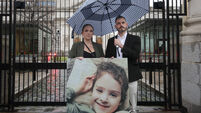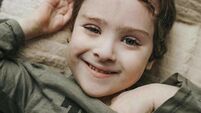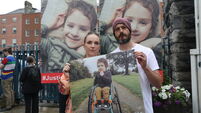When is a ‘young offender’ also a ‘child in need' - and can the system tell the difference?

The most recent figures from Oberstown Children’s Detention Centre note 41% of children in its custody were either in care or had significant involvement with Tusla because of child protection and welfare concerns. Picture Colin Keegan, Collins Dublin.
There once was a young child (let’s call them ‘Child’) who took a liking to a lovely, new, shiny bicycle which was locked to a lamppost just off Grafton Street.
Looking around in a very “sketch” manner to see if anyone was looking, Child took heed of the moment’s opportunity being out of sight. With one swift pull broke the lock of the bike and cycled off. It was not long after cycling into the sunset when a patrolling Garda car caught glimpse of a much-notable green puffer jacket.
















